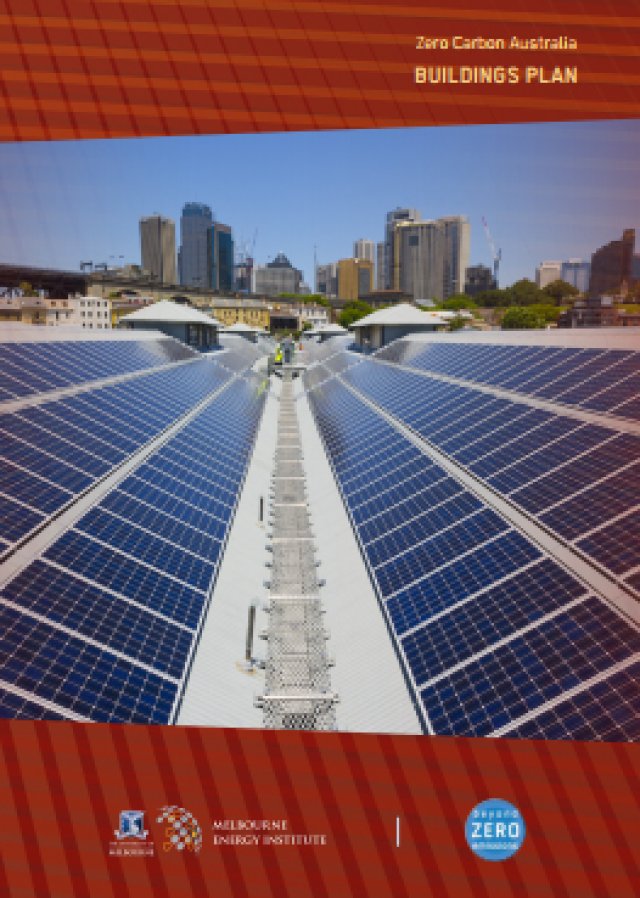
Energy use in buildings accounts for about 20% of Australia’s total greenhouse gas emissions. A new report says Australia’s existing building stock could be made emissions-free in 10 years, while saving about $40 billion in energy bills over 30 years.
The report, jointly published by climate solutions think-tank Beyond Zero Emissions and the University of Melbourne’s Energy Institute, says Australia’s greenhouse gas emissions and energy use from residential and commercial buildings could be cut dramatically using existing, commercially available technologies.
More than 250 people attended the Sydney launch of the Zero Carbon Emissions Building Plan on August 14. The plan’s lead author and project director Trent Hawkins said: “We’ve reengineered Australia’s building sector on a shoestring budget.”
Big cuts in energy use are central to the plan. Hawkins said Australia-wide residential energy use could be cut by 53%, while commercial buildings could cut energy use by 44%. Household use of gas for space heating and cooking would be eliminated entirely under the plan.
Importantly, the plan focuses on retrofitting Australia’s existing housing stock rather than a rollout of new buildings.
Key elements in the buildings plan for residential housing include replacing incandescent and fluorescent lights with energy-efficient LED lights and replacing gas hot water systems with systems powered by heat pumps or rooftop solar energy.
The plan also says that bulk insulation of rooftops, walls and under floors will lower energy use substantially. A rollout of double glazed windows, well-fitted air seals on doors and windows and appropriate use of awnings and curtains will make further energy savings.
Household gas and electric-powered appliances can be replaced by reverse cycle air conditioners for space heating and cooling. Contrary to the commonly held notion that air conditioners are energy guzzlers, Hawkins said modern reverse cycle air conditioners use very little energy compared to other heating appliances.
Gas-fired cook tops can be replaced with energy-efficient induction cook tops, while manufacturers of other common electric household appliances can be made to conform to higher efficiency standards.
The report says that such measures would lead to a 75% cut in energy use for a standard brick veneer house. If rooftop solar is added, then the same house would become a net energy producer, not a consumer.
Similar measures would also cut office building energy use by up to 70% and shopping centre energy use by 63%.
Hawkins said Australia has barely tapped the potential for rooftop solar power. He said Australian houses could produce up to 31 gigawatts of power — an amount equal to four large coal-fired power stations.
The buildings plan complements an earlier 2010 report from Beyond Zero Emissions and the Energy Institute, which said Australia’s electricity sector could be made 100% renewable in a decade.
Hawkins said the energy efficiency measures outlined in the buildings plan would cut the cost of a 100% renewable energy rollout by about $37 billion.
[Copies of the Zero Carbon Australia Buildings Plan are available for $35 from Beyond Zero Emissions. The plan is also available for free download at BZE's website.]
Comments
John P replied on Permalink